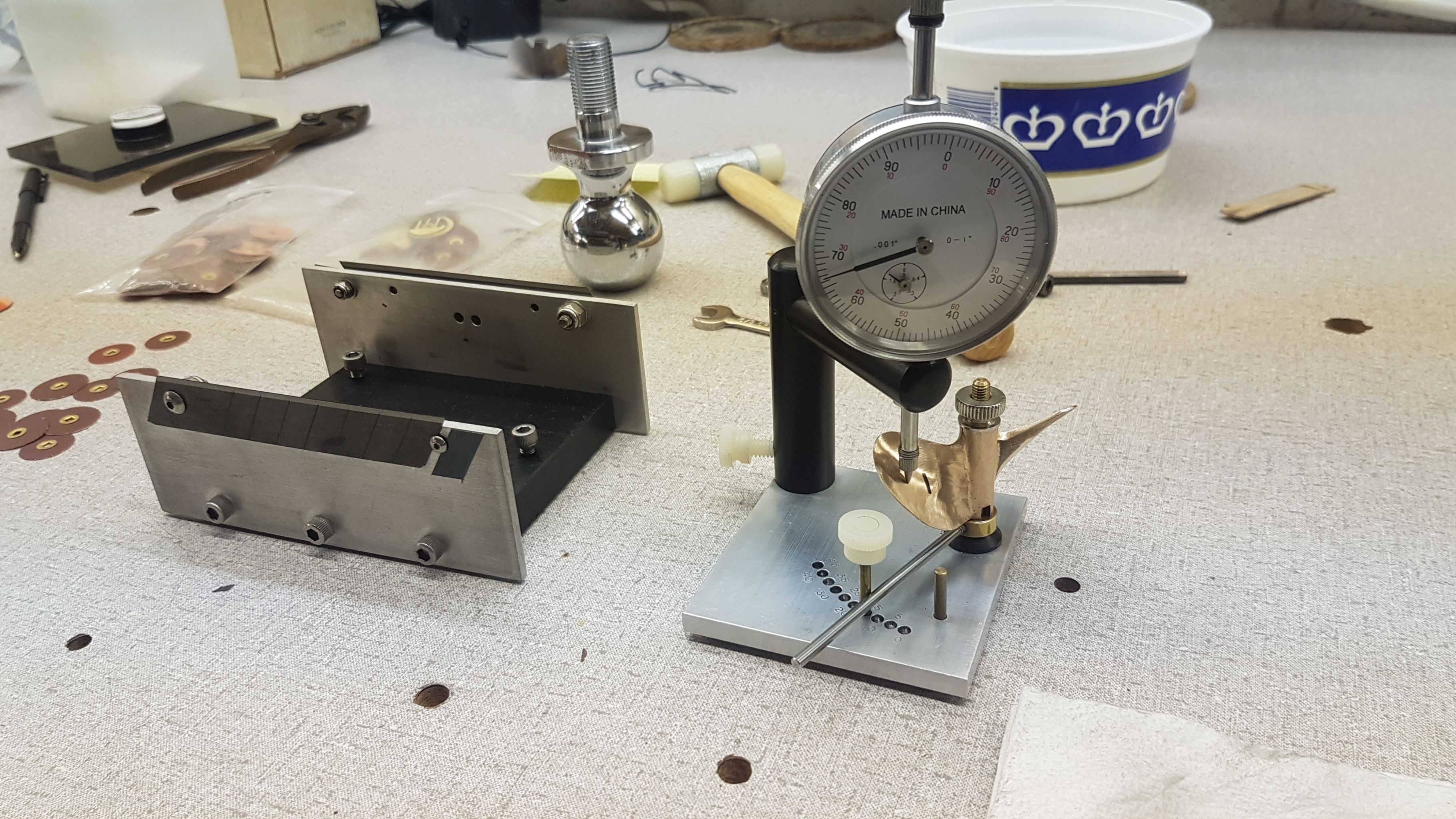lol! I wish this was I all had into this project...
Terry,
When I return to the shop I'll give you the information, with photos, of the lost wax investment procedure that Ed Kalfus & I used to make hundreds of BeCu & 17-4 stainless steel propellers. Both metals can be easily heat treated after casting to their ultimate tensile & yield strengths. There is nothing special needed to make the wax blades that the casting house will mount to a tree which is then placed in the casting sand box. Baking hardens the casting sand & melts the wax out before pouring in the molten metal. Both of these alloys can be cast in very thin sections without voids or porosity.
Jim Allen
Thanks Jim, I would be very interested in that. Did you guys actually cast 17-4 yourselves? I'm having some trouble with it...
No. We did not do the pouring of either metal into the molds. BeCu is very tricky because it must have it's own dedicated crucible that has not been used for melting other alloys. Even with elevating a crucible to 4,000 * F, this will not clean it good enough for casting BeCu. Failure to follow this rule will not become evident until the BeCu props are heat treated. THEY WILL BECOME DISTORTED & TWISTED during heat treating!! It is really something to see happen after all the prop work has been completed. The casting house where we had this done was also casting rifle receivers in 17-4 PH. They only needed to be machined inside with very little finish work on the outside.
JA












